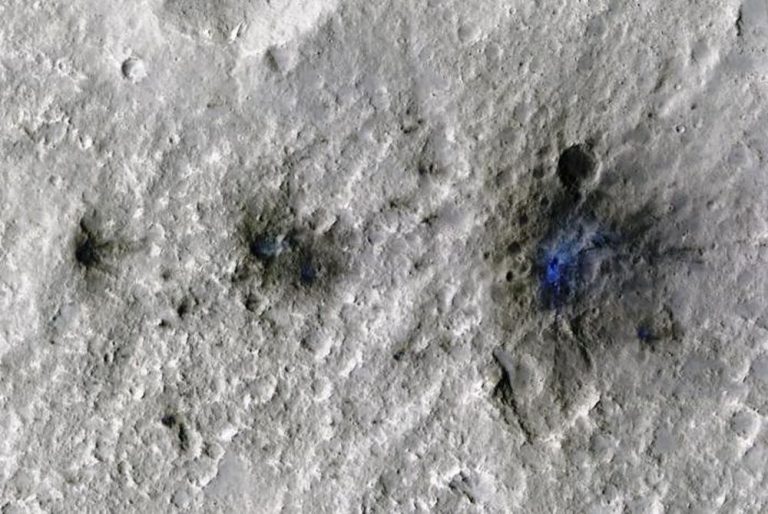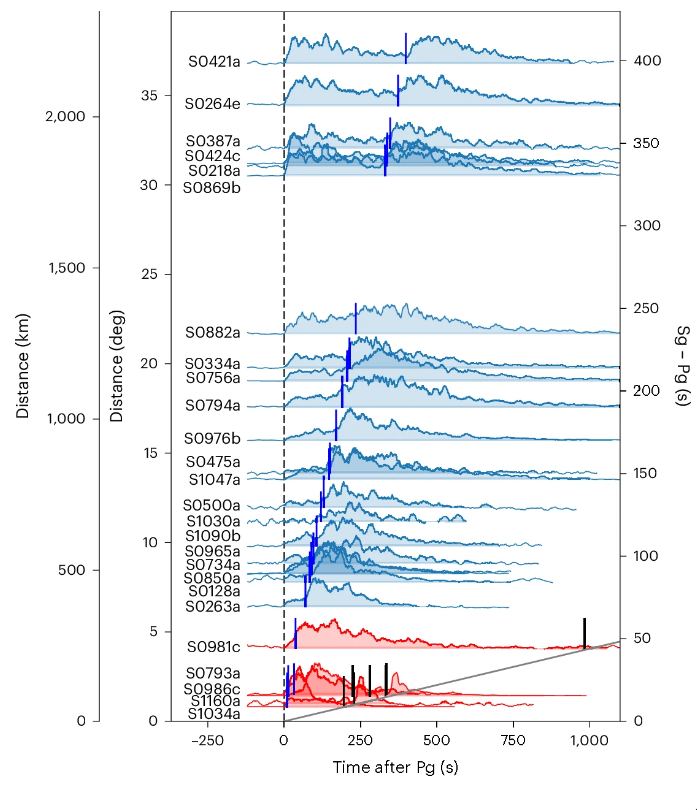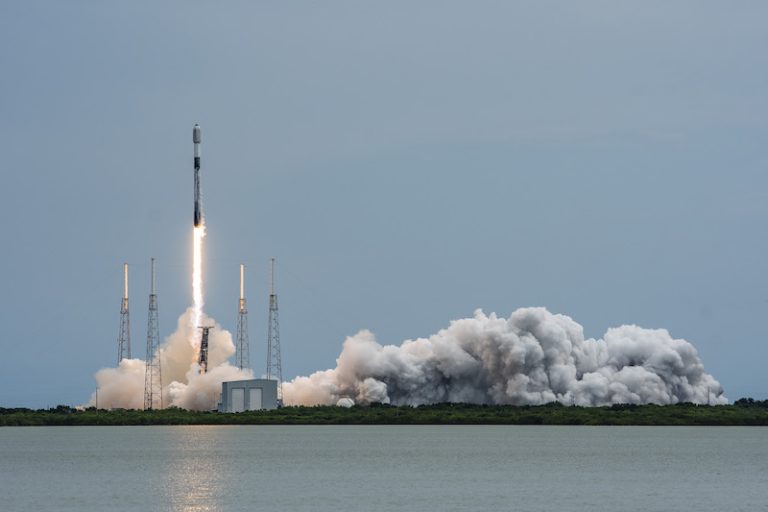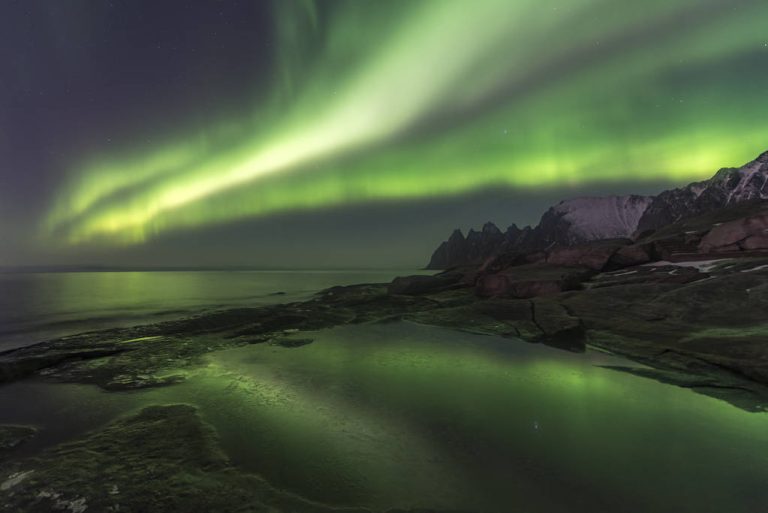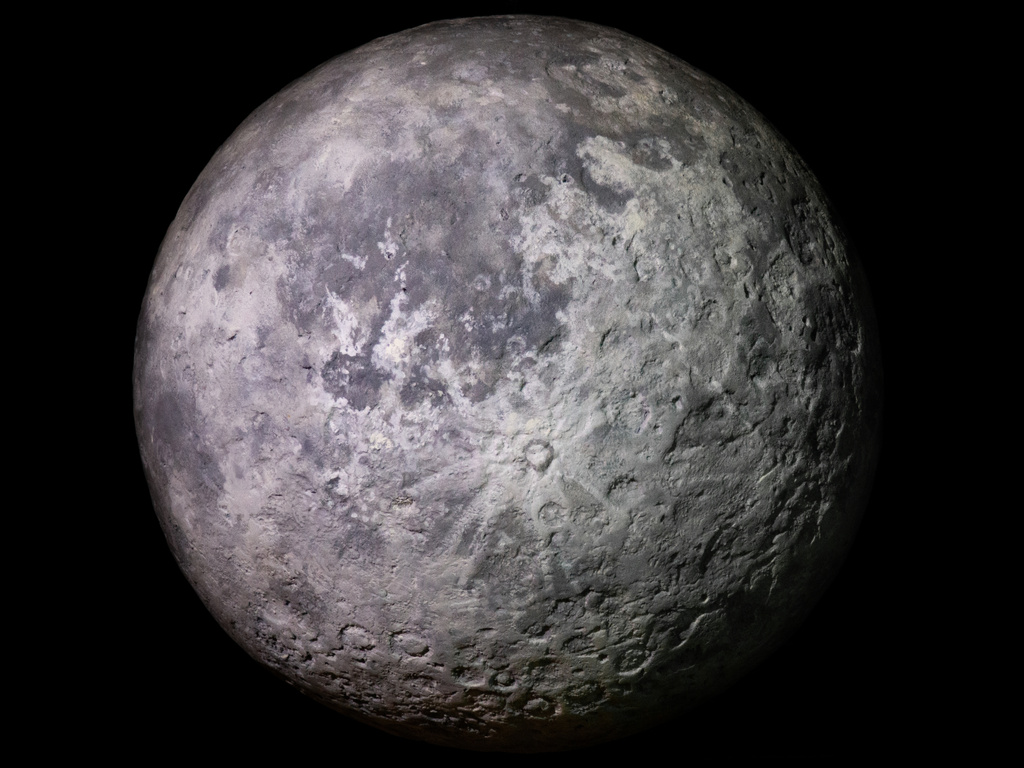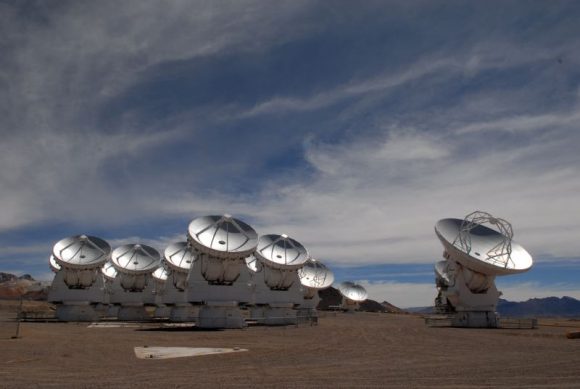Meet NASA’s Artemis II Backup Crew Member for Moon Landing
NASA has selected astronaut Andre Douglas as its backup crew member for the agency’s Artemis II test flight, the first crewed mission under NASA’s Artemis campaign.
Key Takeaway
Andre Douglas has been chosen as the backup crew member for NASA’s Artemis II mission, demonstrating NASA’s preparation for contingencies in crewed spaceflight.
Summary
- Andre Douglas, a NASA astronaut, joins Artemis II as the backup crew member.
- His selection underscores NASA’s readiness for unforeseen circumstances during the Artemis II mission.
- Douglas’s extensive educational background and operational experience make him well-suited for the role.
- Jenni Gibbons serves as the backup crew member representing Canada, ensuring international participation in Artemis II.
- The Artemis II mission aims to validate the Orion spacecraft’s capabilities and life-support systems for deep space missions.
- NASA continues preparations for Artemis III and future crewed missions beyond Artemis II.
Introduction to Artemis II Backup Crew
Douglas will train alongside NASA astronauts Reid Wiseman, Victor Glover, and Christina Koch, and Canadian Space Agency (CSA) astronaut Jeremy Hansen. In the event a NASA astronaut is unable to participate, Douglas stands ready to join the Artemis II crew.
The CSA announced Jenni Gibbons as its backup crew member in November 2023, ensuring Canadian representation should Jeremy Hansen be unavailable.
“Canada’s seat on the historic Artemis II flight is a direct result of our contribution of Canadarm3 to the lunar Gateway,” said CSA President Lisa Campbell.
Background of Andre Douglas
Andre Douglas graduated from NASA’s astronaut candidate training program in March 2024. A Virginia native, he holds a bachelor’s degree in Mechanical Engineering from the U.S. Coast Guard Academy and several post-graduate degrees, including a doctorate in Systems Engineering from George Washington University.
Before NASA, Douglas served in the U.S. Coast Guard, contributing as a naval architect, salvage engineer, and officer of the deck. His work at the Johns Hopkins University Applied Physics Laboratory focused on maritime robotics, planetary defense, and space exploration missions for NASA. Douglas’s involvement in the Joint EVA and Human Surface Mobility Test Team 5 further solidified his expertise in human-in-the-loop tests and analog missions.
“He excelled in his astronaut candidate training and technical assignments,” Joe Acaba continued, “and we are confident he will continue to do so as NASA’s backup crew member for Artemis II.”
Jenni Gibbons: Canada’s Backup Crew Member
Jenni Gibbons joined the CSA as an astronaut in 2017 and completed her basic training in 2020. She holds an honors bachelor’s degree in Mechanical Engineering from McGill University and a doctorate in engineering from the University of Cambridge. Her contributions to CSA include roles in Mission Control as a capsule communicator (CAPCOM) and research on flame propagation in microgravity.
“Jenni Gibbons’ assignment as backup is of utmost importance for our country,” said CSA President Lisa Campbell. “Since being recruited, Jenni has distinguished herself repeatedly through her work with NASA and the CSA.”

Photo: NASA/Josh Valcarcel
Artemis II Mission Overview
Artemis II, scheduled for approximately 10 days, will launch on NASA’s powerful Space Launch System (SLS) rocket. The mission aims to validate the Orion spacecraft’s life-support systems and test techniques crucial for deep space exploration.
Under NASA’s Artemis campaign, the agency aims to establish a sustainable presence on the Moon, landing the first woman, first person of color, and the first international partner astronaut on the lunar surface. Artemis II is a critical step towards these goals, paving the way for Artemis III and future human missions to Mars.
For more information, visit NASA’s Artemis II and CSA – Jenni Gibbons.



